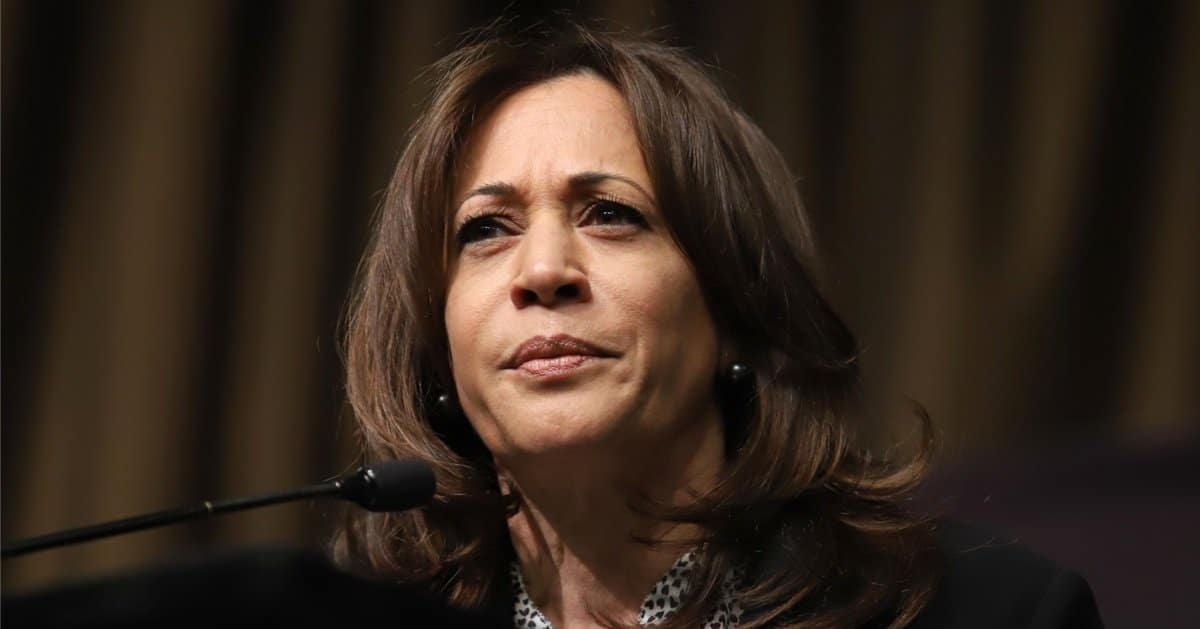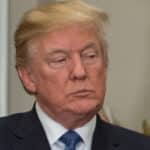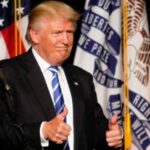




An audacious assassination attempt on former President Donald Trump unfolded during a Pennsylvania rally this month.
The event, marked by a significant security lapse, saw a gunman open fire before being fatally shot by Secret Service agents. The New York Post reported that a new wild angle of the shooting has been released that showed the moment police swarmed the shooter's position.
On July 13, at a rally in Butler, Pennsylvania, police received alerts regarding suspicious activity by Thomas Crooks, who was seen deploying a drone to survey the rally grounds around two hours prior to the event.
This warning, however, did not trigger an effective response, and the surveillance went relatively unchecked, highlighting a serious oversight in security protocol.
As the rally commenced, footage captured police strategically surrounding the building, hinting at an understanding that a threat loomed nearby. Yet, full-scale intervention was delayed until the crisis escalated.
Mere moments before Crooks opened fire, local police reportedly had a direct encounter with him, closing in around 25 to 30 seconds before the first shot was fired.
It was apparent that communication between the Secret Service and local police faltered severely that day. This breakdown played a crucial role in the inability of law enforcement to preemptively address the gunman's threat.
James Gagliano, a former FBI special agent, commented on the situation, explaining, "On its face that is an exceedingly long amount of time, but 30 seconds goes by quickly in crisis situations."
Thomas Crooks, positioned on the unsecured roof of a nearby building, used an AR-15 rifle from a distance of 130 yards. His proximity to the stage where Trump was addressing his supporters made the threat immediate and lethal.
Crooks began his assault but was quickly neutralized by the Secret Service. A bystander captured the dramatic moment on video, with a witness describing the scene where Crooks was hit, noting a “big poof of hair” as evidence of the headshot.
The series of events has led experts to criticize several layers of the security process. The unsecured rooftop, uninvestigated drone, and communication issues between local police and the Secret Service were all elements that contributed to the escalation of the situation.
Gagliano further described this as “cascading systems failures,” where one oversight led to another, thereby exacerbating the crisis.
Moreover, Gagliano pointed out the ultimate responsibility of the Secret Service as the lead agency in protecting the former president. Their failure to coordinate effectively with local police was a significant misstep.
This assassination attempt has sparked a broader discussion on the need for stringent security measures and better-coordinated communication during high-profile events.
In conclusion, the assassination attempt on Donald Trump exposed serious lapses in security coordination and oversight.
From unsecured premises to mismanaged drone surveillance and faulty communication lines between different law enforcement branches, each layer of failure nearly resulted in a national tragedy.
Reflection on and reinforcement of security protocols are imperative to prevent such potential crises in the future.



